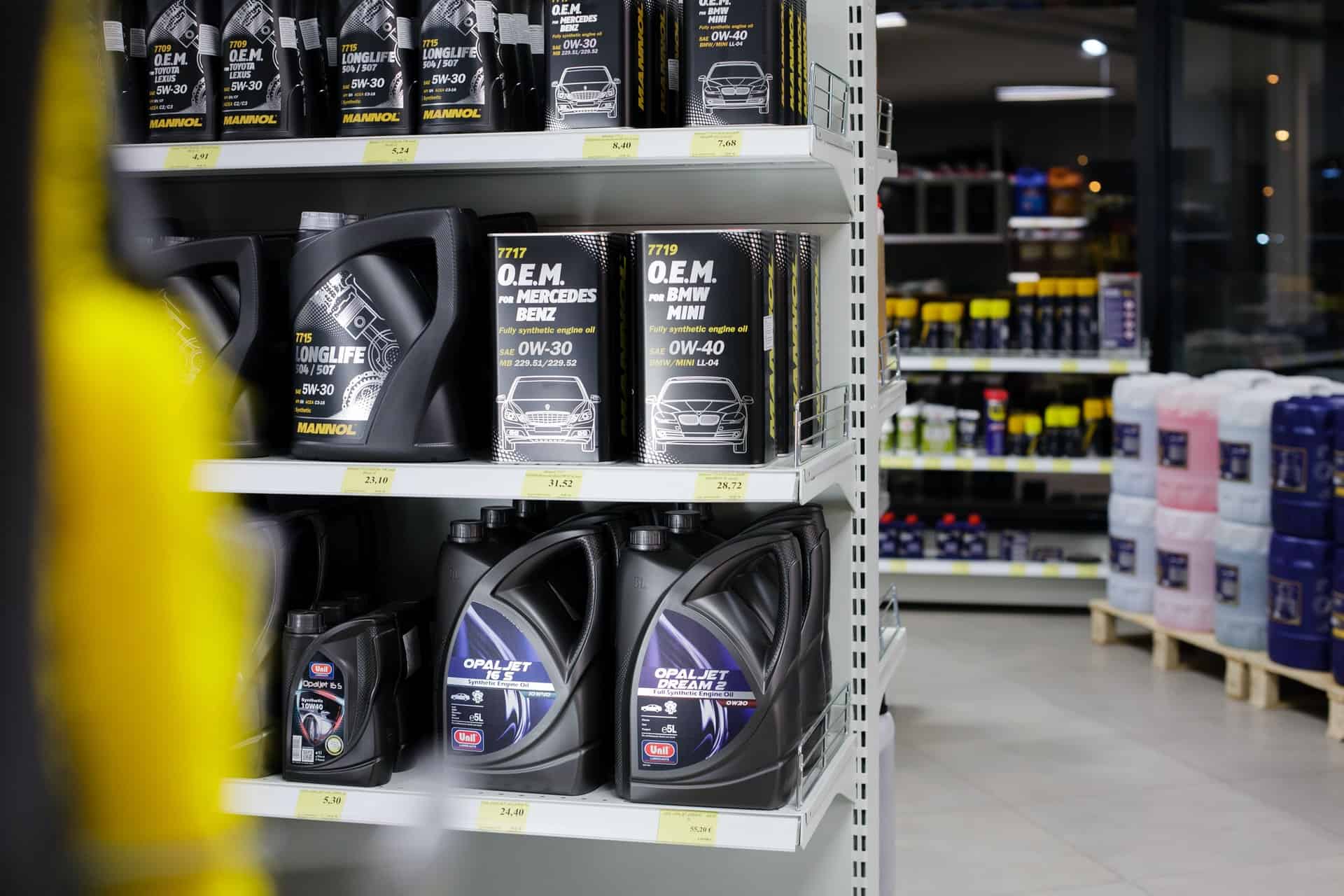How to Choose The Best Lubricant for Your Car
Share

Understand the Label
JASO, API, ILSAC, and ACEA, are a few of the international standards that regulates the quality of automotive lubricants. The container of a motor oil should feature some signs showing that it meets the American Petroleum Institute standards and API standards. It should also indicate whether it meets conserving, high temperature, SL service rating, and the latest tests for the engine. You may have to check the maintenance manual to know the right label for a specific brand of motor oil. The maintenance manual carries information about the oil that the car manufacturer recommends. However, the data on the manual should match the information printed on the container of the motor oil.
Type of Oil
The type of automotive lubricant to use depends on the car model and make and the recommendations in the manual of the automaker. However, experts recommend using conventional automotive lubricant for older models and synthetic fuel for new car models. Check the label to see what purpose and car model the motor oil is recommended for, as some lubricants work well for off-road vehicles, high-tech engines, and others higher mileage vehicles. You can buy any motor oil that match the requirements of your vehicle or its velocity.
Check the Viscosity
Viscosity measures the flow resistance that should match the automobile’s requirements and indicates the thickness of the automotive lubricant. That means that a driver has to check the manual of the manufacturer to know the required viscosity. Oil manufacturers list viscosity in two grades, which include hot and cold grades. A viscosity of 20-40W refers to the oil’s resistance to hot and cold temperatures, and the resistance of the lubricant to the thinning depends on the bigger the last digit is. Conversely, the first part indicates how resistant the oil is to thickening in either hot or cold temperatures. Avoid using too thick oil in winter as it can make it hard to start the engine. Using the correct motor oil can impact the performance of the engine, longevity of the vehicle, and fuel economy. A high-quality automotive lubricant will also cause less friction, offer top-notch sealant, and prevent filter clogging. As such, take time to research to find the correct automotive lubricant for your vehicle to avoid preventable engine failures down the road.
























